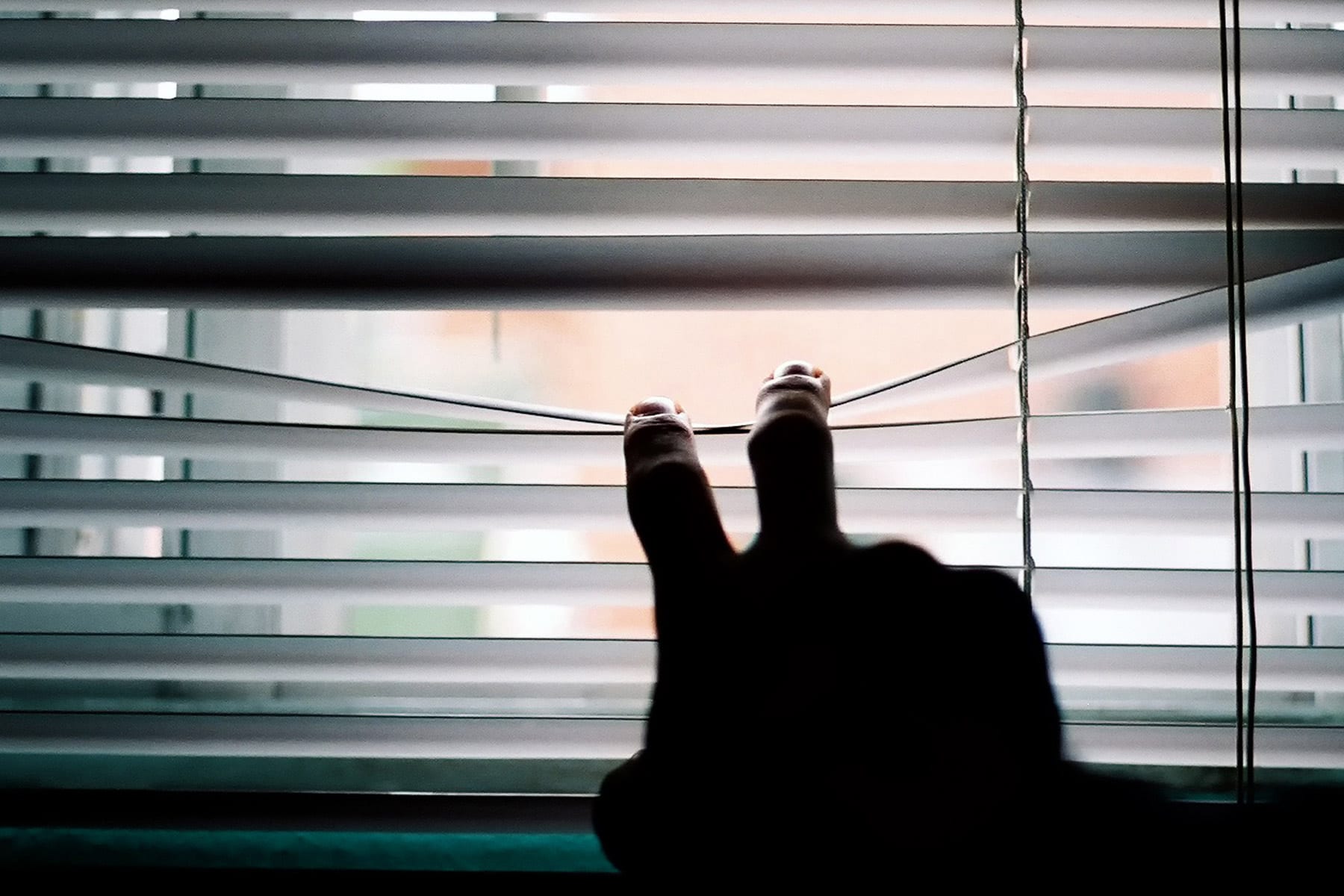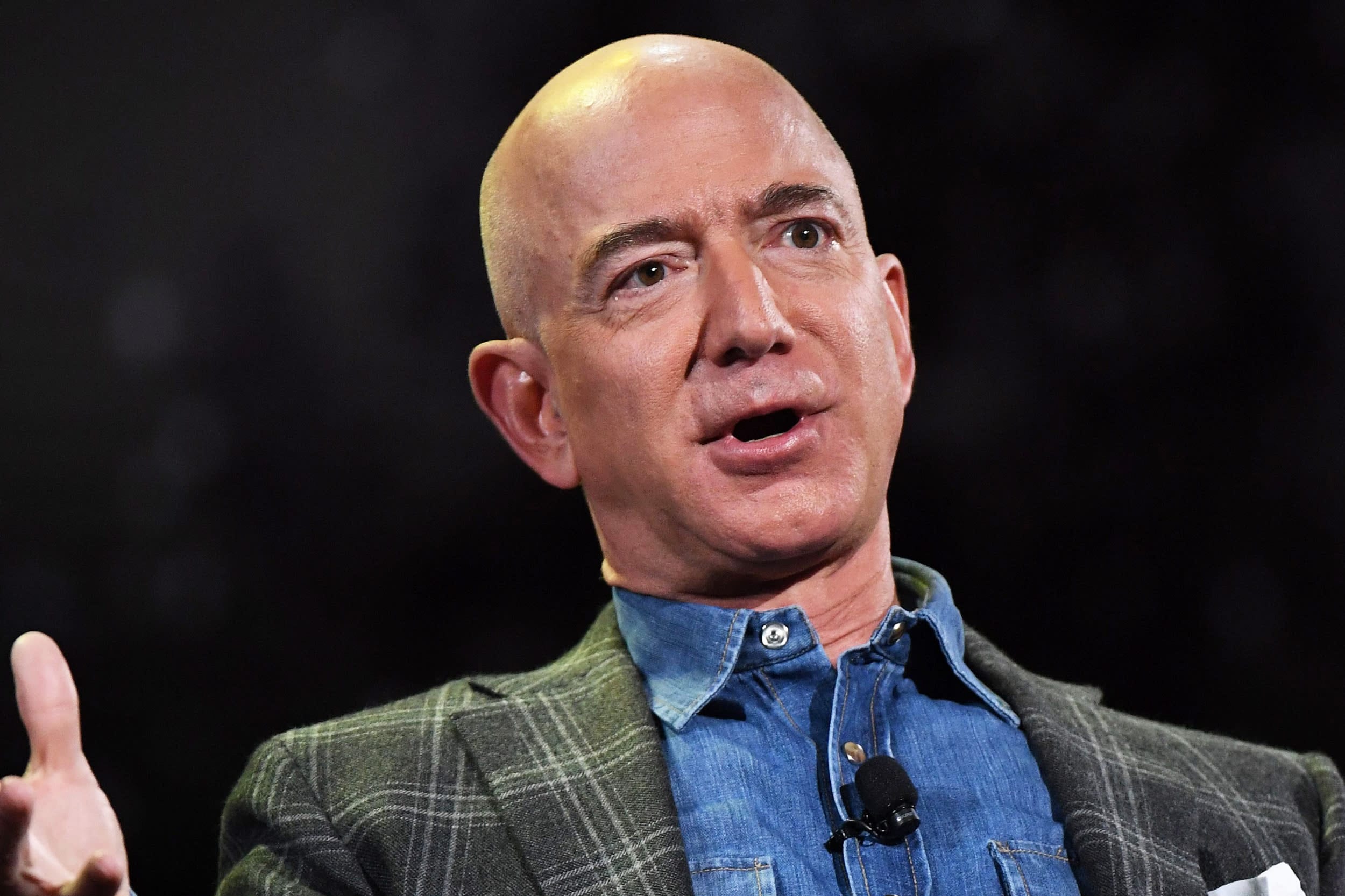[ad_1]
What your doctor is reading on Medscape.com:
APRIL 30, 2020 — I confess that I’ve always been enamored with the concept of “virtual care.” While “telemedicine” is an older concept based on traditional care models, virtual care includes remote monitoring and sophisticated analysis of patient-generated health data. This newer, more inclusive term offers the potential for a more modern, scalable way to manage patient needs remotely, including detecting exacerbations of chronic conditions before they become full-blown emergencies.
My institution has been on the forefront of virtual care, evaluating a variety of digital health vendors and launching a number of pilot programs, including asynchronous text-based care, community paramedicine, and remote monitoring of wearable device data. But our infrastructure has always been built on classic, episodic telemedicine: A patient reaches out and “sees” a doctor who conducts an interview, an exam, and renders a diagnosis and treatment plan.
These experiments in telehealth technologies allowed us to develop a core group of “cybertricians” who were capable of performing virtual care across several platforms and a range of patient acuity, from minor complaints to complex, multisystem needs. I have served as this group’s medical director, reviewing quality of care and, wherever possible, trying to assess outcomes and process markers. Because the doctors in our group were uniformly excellent and the volume of cases was low, this was not a hat that I spent a lot of time wearing.
Then COVID Arrived in New York
Our call volumes began to rise in early March. Initially, most were about possible COVID-19 exposures. Questions like: “I shared a desk with my coworker, and his wife just returned from Italy. I feel okay now but what should I do?” We had no mechanism to order tests, nor were we confident that these patients merited testing or that the tests would be accurate. We provided a lot of education about self-quarantine and a fair number of digitally signed work notes.
By mid-March, our volume had grown to the point where solo coverage of the virtual health operation was no longer feasible. Our hospital system had initiated a high-level, coordinated response to the coming wave. The first patient diagnosed with COVID-19 in New York City was tested in our emergency department. It was already clear that, for an unpredictable period of time, business-as-usual was over. Staff from some areas, like general surgery, began to redeploy to the hardest-hit departments.
Continued
We started onboarding and training new virtual care providers. While most came from the ranks of urgent care and emergency medicine, these clinicians also came from every other specialty you’d expect to find in a large urban medical center such as ours.
Surgeons were seeing their elective caseload drop. Some docs — older, immunocompromised, pregnant — were too high-risk to continue seeing patients in person but wanted to help. A few docs were actually under quarantine or isolation themselves but were feeling well and wanted to work. Telemedicine was an attractive and necessary option for many.
Soon we had a few dozen providers logging on to our system and taking new video visits. Using a simple cloud spreadsheet, I asked clinicians to try to assign themselves a few days in advance. Where there were coverage gaps, I filled in or leaned on a few docs from our original core group. It was chaotic, but for the most part, it worked. We met the demand and saw patients promptly.
Our daily volume was now several hundred patients a day, a mix of the potentially exposed and those already exhibiting respiratory symptoms. Patients appreciated the easy access, and the new providers embraced technology. Sure, you lose something by not having a set of vital signs or being unable to auscultate the lungs. But when you can talk with a patient, uninterrupted for about 15 minutes, you gain a lot.
You can coach them through little exam maneuvers or coax better photos from them. (I’ve received textbook-quality images of the oropharynx from a patient’s smartphone.) You can play out various scenarios and work out different treatment plans in the event that a symptom gets worse in the coming days. And you can invite the patient to call back, without the hassle of schlepping across town when ill. Because virtual access is cheap and easy, patients really didn’t mind a repeat virtual visit.
By then, testing patients in New York City for COVID-19 had finally become an option. Our institution had set up testing centers throughout the city and began to refer patients to them. They would appear, get swabbed, and receive their results 3-4 days later. It was great to finally be able to offer something concrete to patients, especially those with new-onset, mild symptoms who were worried and desperate to protect their loved ones.
Continued
Still, we were concerned that without a positive test result, too many patients and employers were not taking self-isolation seriously. And we were seeing patients in the ED, desaturated with characteristic COVID lung imaging, who had had negative results on an earlier test.
Those concerns, combined with data that influenza and other bugs were no longer a significant presence in the city, prompted the NYC Department of Health to release sobering guidance in March: If you feel sick, you probably have COVID. Patients didn’t need a test anymore; they were to act as though it was COVID and self-isolate.
This guidance was a game changer. It made clear what we were dealing with: COVID was everywhere in New York. The question of whom to send for testing was, in many ways, a distraction.
In the days after the Department of Health’s announcement, our institution’s testing centers, which were still in the process of ramping up, shut down. In telemedicine, the focus changed. It was no longer a question of who needed testing; rather, the critical decision was to determine which patients needed to go to the emergency department.
Leaps and Bounds in Telemedicine, in a Matter of Weeks
Ask someone who performed telemedicine in the old days of, say, 2019 how to manage dyspnea or chest pain via video visit. I would have said that it’s a trick question — these were not conditions that were really amenable to direct-to-consumer virtual care. A patient with chest pain or shortness of breath would merit vital signs, lung auscultation, and maybe imaging and an ECG. Sure, the patient with mild asthma who really knows their own symptoms may be suitable for albuterol and steroid prescriptions via telemedicine. But I think most 2019 doctors would balk at trying to safely manage these patients remotely.
And yet, this was the situation we found ourselves in as virtual urgent care doctors in New York these past few weeks. As the days went on, the concerns voiced by patients during these calls changed. No longer were we hearing from those concerned about possible exposure. Now, the calls described overt symptoms. Numerous patients described being “unable to breathe” or their “chest being tight with just walking around the house.”
Continued
We didn’t want to send everyone with breathing symptoms to the ED unless it was really the right thing for the patient. A trip to the ED had the potential to put people at risk as well as consume precious personal protective equipment, and in many cases these patients would be sent back home.
So we got better at assessing dyspnea via video. We would ask a patient to pace around their apartment while telling a story and carrying their smartphone, and see if they could speak in complete sentences. We would look for subtle inspiratory movements as they sat in front of the camera. We learned about the Roth Score (one small study suggested that patients who were unable to count to 30 within 8 seconds may be hypoxic). We have even talked through proning positions with select patients.
Our preliminary data suggest that only a small fraction of the patients we see via video present to one of our institution’s EDs within a few days. About a quarter of those patients get admitted to the hospital. I don’t know what the ideal ratio is, but that seems to indicate that we have been judicious about who we send.
It is remarkable that the number of patients seen with “classic” ED presentations has decreased substantially , both in NYC and across the nation. Experts are wondering where all of the bread-and-butter ED visits have gone. Our experience is that at least a few of them are trying telemedicine. Our group has diagnosed appendicitis, pyelonephritis, and benzodiazepine withdrawal during this crisis. These kinds of presentations represent acuity that is a good deal higher than the pink eye and allergic rhinitis we were seeing through telemedicine pre-COVID. For the first time, I’ve seen patients with lacerations over telemedicine. So strong is the desire to stay away from the ED that people are checking whether they really need sutures before venturing out.
Still, our telemedicine volume remains overwhelmingly related to COVID. Another familiar aspect of ED care that we’re seeing via telemedicine: the repeat visitor. For COVID repeat callers, however, these visits are prompted by changing symptomatology over the disease’s long course with, no doubt, a little anxiety and frustration that we don’t have more to offer.
Continued
Our volume has been steady and high for several weeks now, even as New York City went from hundreds of new cases per day to hundreds of deaths per day, and the streets and sidewalks went from bustling to deserted. As I write this, the models suggest that we have passed the peak of COVID cases in the city. But the decline is likely to be long and protracted.
What this means for our virtual urgent care practice in the weeks ahead — its volume, its acuity, its case mix — is an open question. I do expect that we can develop a system for improved follow-up, including remote pulse-oximeter monitoring of particularly high-risk patients. And I sincerely hope that this eclectic mix of providers from all over the house of medicine continue to care for New York’s patients, right in their homes.
Nicholas Genes, MD, PhD, is an associate professor in the Department of Emergency Medicine at the Icahn School of Medicine at Mount Sinai in New York City. An early leader in physician use of social media, Genes researched the integration of technology and social media into emergency medicine with a goal of improving quality and efficiency of care. Follow him on Twitter: @nickgenes















